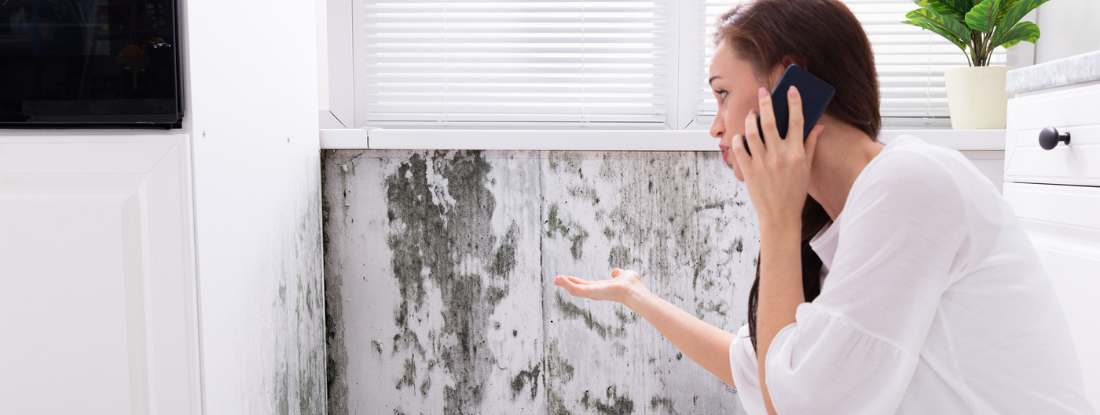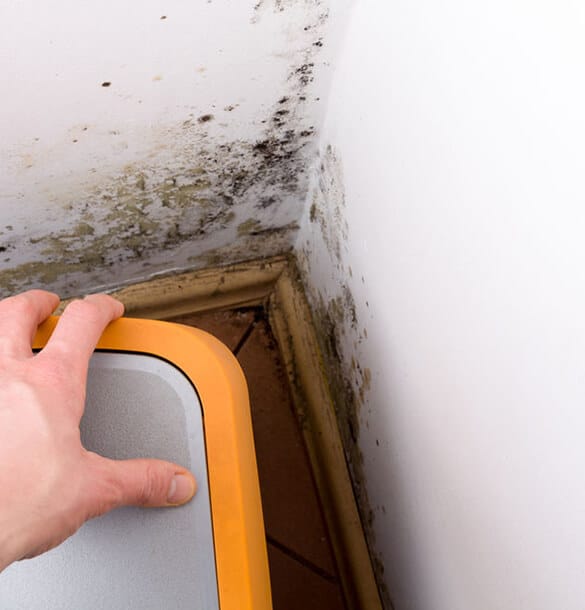Testing Air Quality After Mold Remediation
Testing Air Quality After Mold Remediation
Blog Article
Your Ultimate Overview to Article Mold Remediation Strategies
Navigating the world of post-mold removal methods is a thorough process that requires interest to detail and a comprehensive understanding of the ins and outs entailed. In the after-effects of mold infestation, recognizing how to properly remove the mold and stop its reoccurrence is critical for maintaining a healthy and balanced indoor setting. From choosing the best cleaning and sanitizing techniques to applying approaches for long-lasting mold avoidance, each action in the remediation trip plays a vital role in making certain a successful outcome. As we start this exploration of post-mold removal techniques, we will reveal the essential strategies and finest practices that can assist you recover your space to its pre-mold problem and safeguard it against future mold and mildew risks.
Recognizing Post-Mold Remediation Process
After completing the mold and mildew remediation procedure, it is important to understand the post-mold removal techniques that are needed to guarantee a effective and complete cleanup. As soon as the mold has actually been removed, the next action involves cleansing and disinfecting the impacted locations to avoid any kind of regrowth of mold.
Moreover, performing a final inspection post-remediation is crucial to ensure that all mold has actually been successfully eliminated. This examination ought to include an extensive aesthetic check as well as potentially air tasting to confirm the lack of mold and mildew spores in the air. If the examination exposes any kind of lingering mold, extra removal might be necessary. Informing owners on preventive measures such as controlling moisture levels and promptly addressing any water leakages can aid keep a mold-free atmosphere.
Efficient Cleaning Up and Disinfecting Approaches

Avoiding Future Mold And Mildew Growth

Value of Proper Air Flow
Appropriate air flow plays an important function in protecting against wetness buildup, a vital element in mold and mildew growth within interior environments. Reliable ventilation systems help get rid of excess moisture from the air, decreasing the opportunities of mold and mildew spores locating the wetness they need to spread and sprout. Without sufficient air flow, indoor areas can come to be a breeding ground for mold, causing potential health and wellness threats and structural damage.
By ensuring appropriate air flow, ventilation systems can likewise assist in drying wet locations faster after water damage or flooding events, better deterring mold development. After mold remediation. In areas like shower rooms, kitchens, basements, and attics where dampness degrees resource often tend to be greater, mounting and keeping reliable air flow systems is crucial in preventing mold infestations

Monitoring and Upkeep Tips
Offered the important function that correct air flow plays in protecting against mold and mildew development, it is important to establish effective monitoring and maintenance tips to make certain the ongoing capability of air flow systems. Tracking humidity levels within the residential or commercial property is likewise essential, as high humidity can add to mold and mildew development. By staying proactive and attentive to the problem of air flow systems, home owners can efficiently mitigate the threat of mold and mildew regrowth and preserve a healthy interior atmosphere.
Conclusion
Finally, post-mold removal methods are important for ensuring a safe and tidy atmosphere. Comprehending the procedure, carrying out efficient cleaning and decontaminating techniques, preventing future mold and mildew growth, keeping appropriate ventilation, and normal tracking are all vital steps in the remediation procedure. By following these guidelines, you can efficiently remove mold and stop its return, promoting a healthy and balanced living or working room for all owners.
In the results of mold invasion, knowing exactly how to successfully get rid of the mold and stop its reoccurrence is vital for maintaining a healthy indoor atmosphere. Once the mold and mildew has actually been eliminated, the following step includes cleansing and disinfecting remove mold with alcohol the impacted locations to prevent any type of regrowth of mold - testing air quality after additional hints mold remediation. After eliminating noticeable mold and mildew development, it is crucial to clean up all surfaces in the afflicted location to remove any kind of remaining mold spores. To even more improve mold prevention procedures, it is crucial to address underlying issues that initially led to mold development.Given the vital function that appropriate ventilation plays in stopping mold and mildew development, it is imperative to establish effective monitoring and maintenance tips to ensure the ongoing capability of air flow systems
Report this page